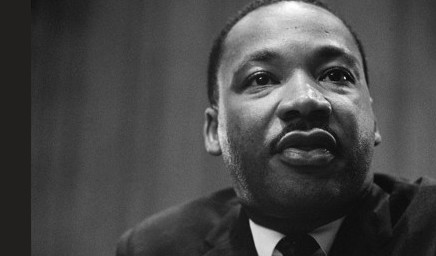We don’t tend to think of children’s stories as especially politically or philosophically meaningful. But many of the narratives we grew up listening to at bedtime contain deeper messages, ranging from social allegories to existential musings.
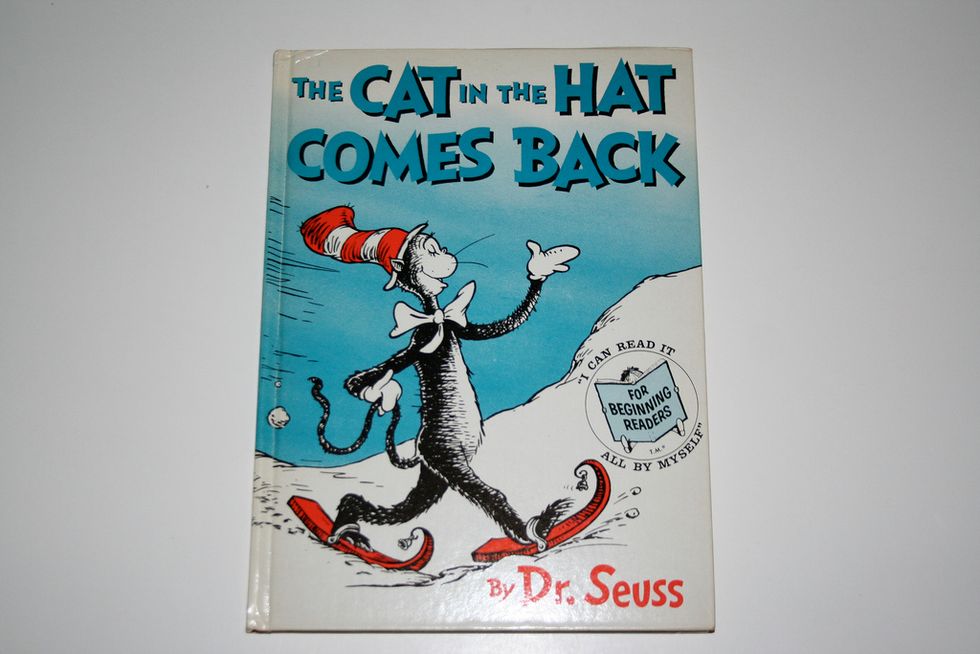 The Cat in the Hat…an existentialist philosophy text?Flickr/Daniel X. O’Neil
The Cat in the Hat…an existentialist philosophy text?Flickr/Daniel X. O’Neil
#1: Dr. Seuss’ The Cat in the Hat
Dr. Seuss’ playful, illustrated singsong rhymes often contain much more than meets the eye. In The Cat in the Hat, the world of a duo of siblings is turned upside down by an amoral cat. He and his oversized hat tempt the children with all kinds of deliciously not-allowed possibilities. The newly formed trio causes every kind of chaos before the children’s mother returns—but first, the cat offers absolution via a magical vacuum cleaner. Every piece of evidence of their misbehavior is destroyed before an authority figure can see it.
So is the cat Satan? God? A political revolutionary? Our unconscious selves? Or simply proof that our existence, and our moral underpinnings, are ultimately meaningless? Perhaps there’s some evidence of Dr. Seuss’ position in the final lines, which turn to the reader to ask them if they’d tell their mother what really happened. The implication seems to be that we create our own meaning, and our own chaos, out of thin air. Our morals, the giant cat and his temptations seem to suggest, are ultimately up to us.
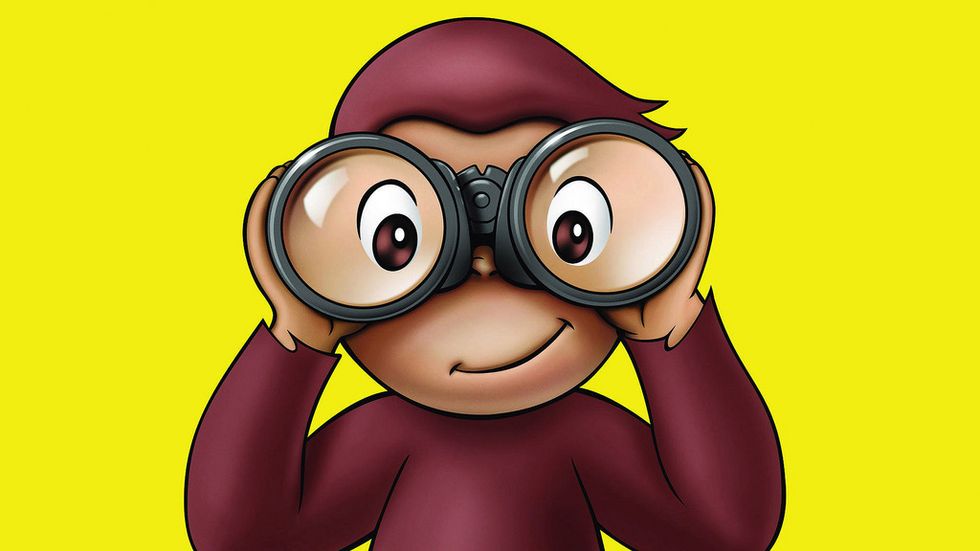 Curious George represented far more than a misadventurous monkey.Flickr/nist6dh
Curious George represented far more than a misadventurous monkey.Flickr/nist6dh
#2: Margret and H.A. Rey’s The Complete Adventures of Curious George
A curious monkey, a trip from the African jungle to a “big city,” a romping escape from the zoo, and playful adventures with a best friend—The Man in the Yellow Hat—that always end in forgiveness. Not much more to see here, right? Just a straightforward series about an animal and his best friend?
But the backstory behind the beloved Curious George stories is more adventurous and thrilling than any of the monkey’s romps through the city. Translated from the original French (and with an original protagonist named Fifi), Curious George is based on the autobiographical experiences of Margret and Hans Rey, a Jewish couple who fled Paris during Nazi rule.
And George’s misadventures? They’re meant to reflect the Reys’ narrow escape from the Nazi regime by bike, armed with only their heavy manuscript about—you guessed it—a playful monkey.
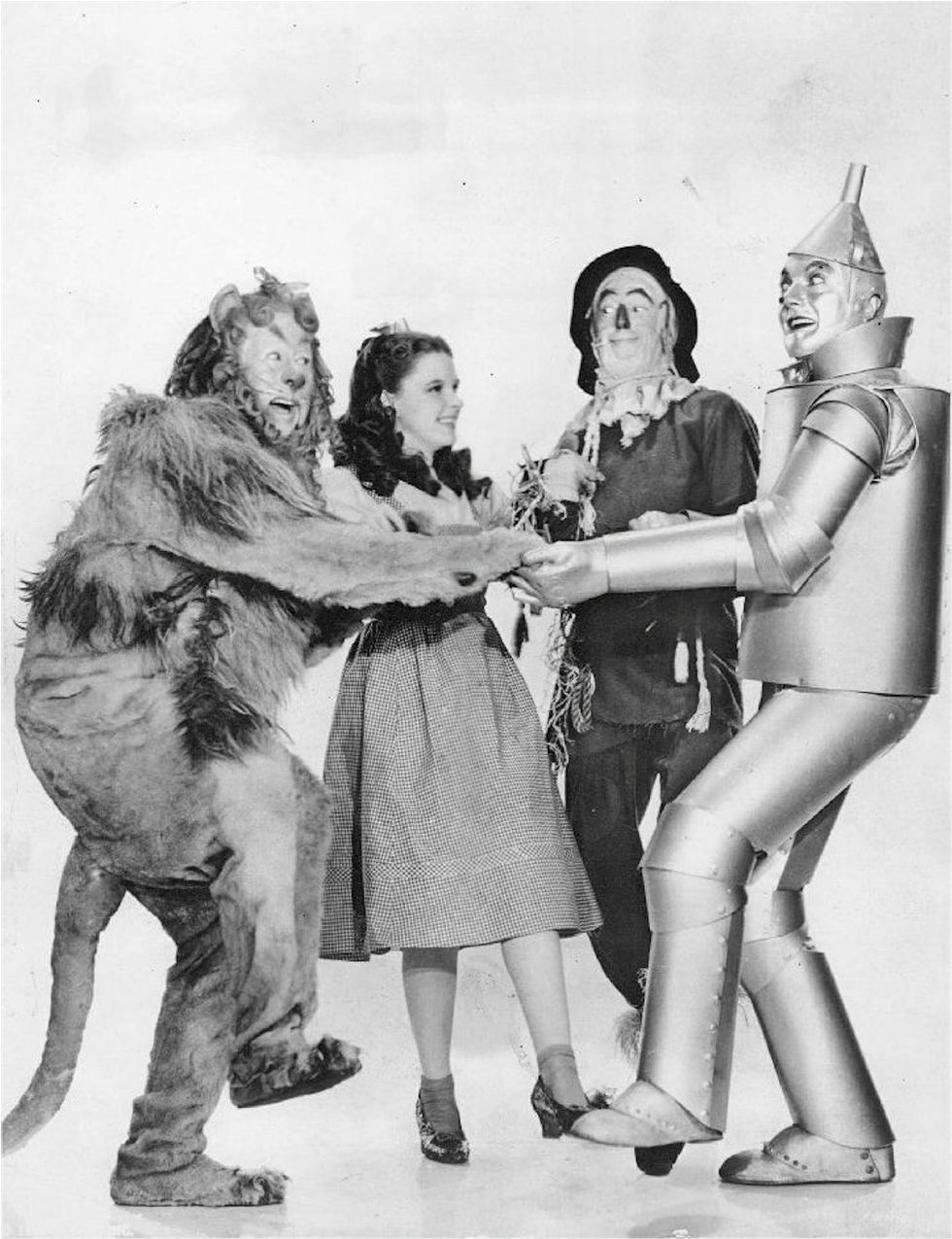 The Wizard of Oz originally had a connection to the 19th century Populist movement.Pixabay/skeeze
The Wizard of Oz originally had a connection to the 19th century Populist movement.Pixabay/skeeze
#3: L. Frank Baum’s The Wonderful Wizard of Oz
Dorothy’s harrowing visit to the land of Oz, by way of a yellow brick road straight out of Kansas, was first published by L. Frank Baum in 1900. Its fantasy elements, from a pair of witches both good and bad to a ragtag troupe of friends trying to find courage, wits, and love, appeal to children and teach basic morals about home and the importance of community values.
Some argue, however, that there’s more than meets the eye when it comes to Dorothy’s quest. Columbia University historian William Littlefield persuasively argued in the 1960s that the characters, places, and events in the pages of Baum’s book all represented aspects of the growing populist movement in the late 19th century.
The populist movement, headed by primarily Midwestern “plain people” (such as farmers and ranchers), aimed to decentralize government control of banking. Dorothy represented one such populist, argued Littlefield. The ruby slippers, initially silver in Baum’s book, symbolized the push from populists to add silver to the existing gold standard in order to decrease inflation. And, of course, the yellow brick road represented the gold standard itself in this extended allegory.
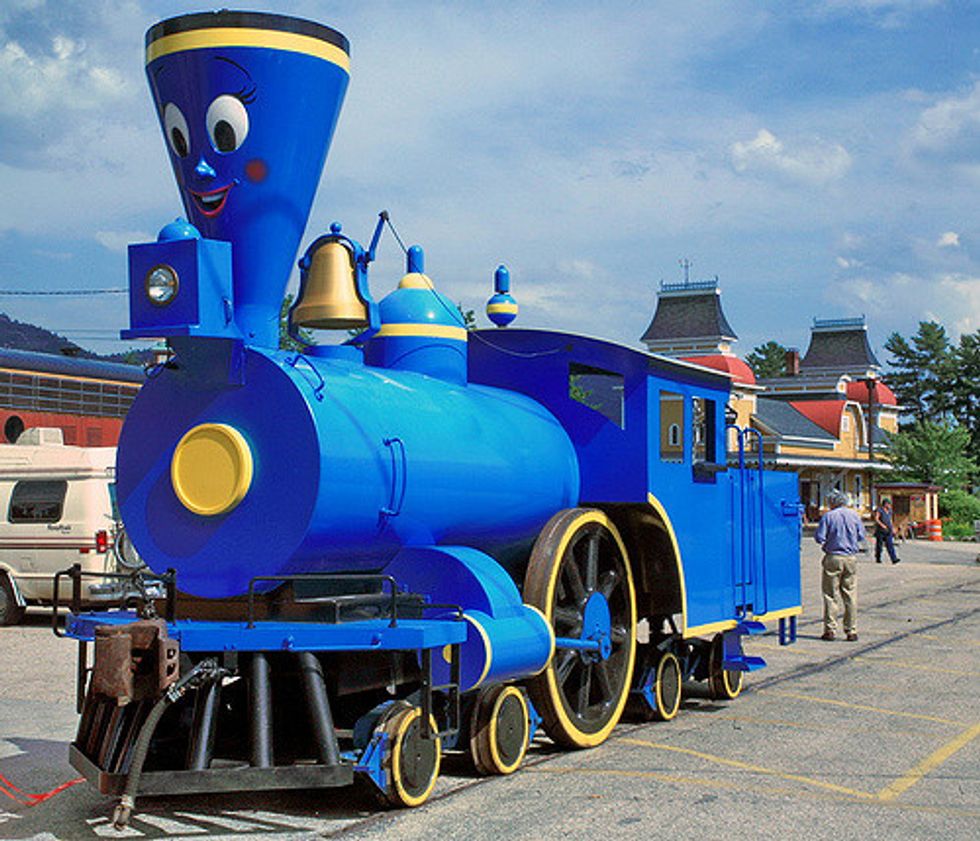 The Little Engine That Could may very well be an early feminist text.Flickr/Cliff
The Little Engine That Could may very well be an early feminist text.Flickr/Cliff
#4: Watty Piper’s The Little Engine That Could
Watty Piper’s The Little Engine That Could, the 1930 story of a train filled with gifts and toys for children that breaks down on the way to its destination, has an unexpected feminist twist. In a plot reminiscent of the Good Samaritan parable, the broken-down train’s stranded passengers are passed over many times before finally getting help from a little blue train, also a “she.”
The stuffed animals and dolls are rebuffed by the arrogant trains, who all say they have better things to do. Though the blue train is small, she reaches her destination, complete with toys and gifts, with the help of a simple chant: “I think I can.” Yes, even an anthropomorphic train offered a metaphor for female empowerment in the early stages of the feminist movement.
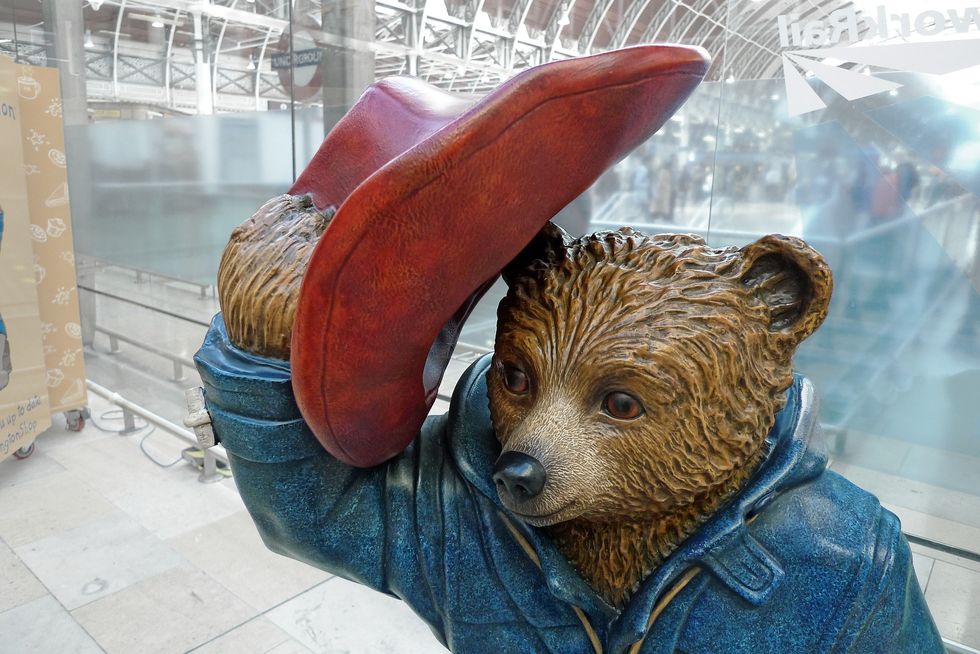 Paddington Bear has a special connection to the immigrant experience.Pixabay/aitoff
Paddington Bear has a special connection to the immigrant experience.Pixabay/aitoff
#5: Michael Bond’s A Bear Called Paddington
Michael Bond’s beloved talking bear, who first came on the scene in 1958, represents much more than a lone orphaned bear left in a train station. Inspired by Bond’s memories of child refugees leaving London during World War II with tiny suitcases in hand and nametags circling their necks, Paddington, himself from Peru, represents the experience of immigrants and refugees.
Given a new English name, Paddington is expected to assimilate into his newfound culture and even experiences discrimination from cab drivers and strangers alike. His loneliness and isolation represent what many immigrants feel in new lands. His arrival at Paddington Station is pointed, too: In the 1950s, many West Indian immigrants arrived in Britain at just that station, with the subsequent racial tensions and polarized climate ultimately ending in the devastating 1958 Notting Hill race riot.





